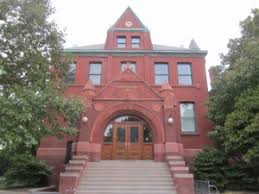Architecture Program
Date of this Version
2000
Citation
Traditional Dwellings and Settlements Review , Fall 2000, Vol. 12, No. 1, The End of Tradition? Seventh International Conference October 12—15, 2000 Trani, Italy (Fall 2000), p. 50
Abstract
This paper will examine the fate of several buildings in Dublin, Ireland, constructed during the British rule. The decision between destruction and preservation of such buildings naturally rested heavily on the governments' political attitudes after the Irish independence of the 19205. For example, while the City Corporation let many Georgian row houses fall to vandalism and/or destruction, the Office of Public Works recovered a number of buildings as part of a national built heritage. For example, the former Royal Hospital now serves as the Irish Museum of Modem Art. A number of questions arise, however, concerning architectural signification, which bear relevant implications to the questions of globalization. The first and foremost question concerns the ways in which a work of architecture is expected to gather its meanings. On the one hand, some architectural meanings are arbitrary, or have little to do with, the work's physical properties, but have been assigned by cultural convention. The meaning "Georgian" or "imperial" is in this category. On the other hand, a work's properties, such as color, textures, sizes or proportions, could evoke a certain natural meaning in a viewer's mind. An example is the meaning "veneration," which has more to do with the way the natural light pierces through wall openings than the original cultural assignment. We have given much attention to the conventional signification. As a result, we have increased the proper understanding of each culture's architectural tradition.
Included in
Architectural History and Criticism Commons, Cultural Resource Management and Policy Analysis Commons, Historic Preservation and Conservation Commons


Comments
Published by International Association for the Study of Traditional Environments (IASTE).